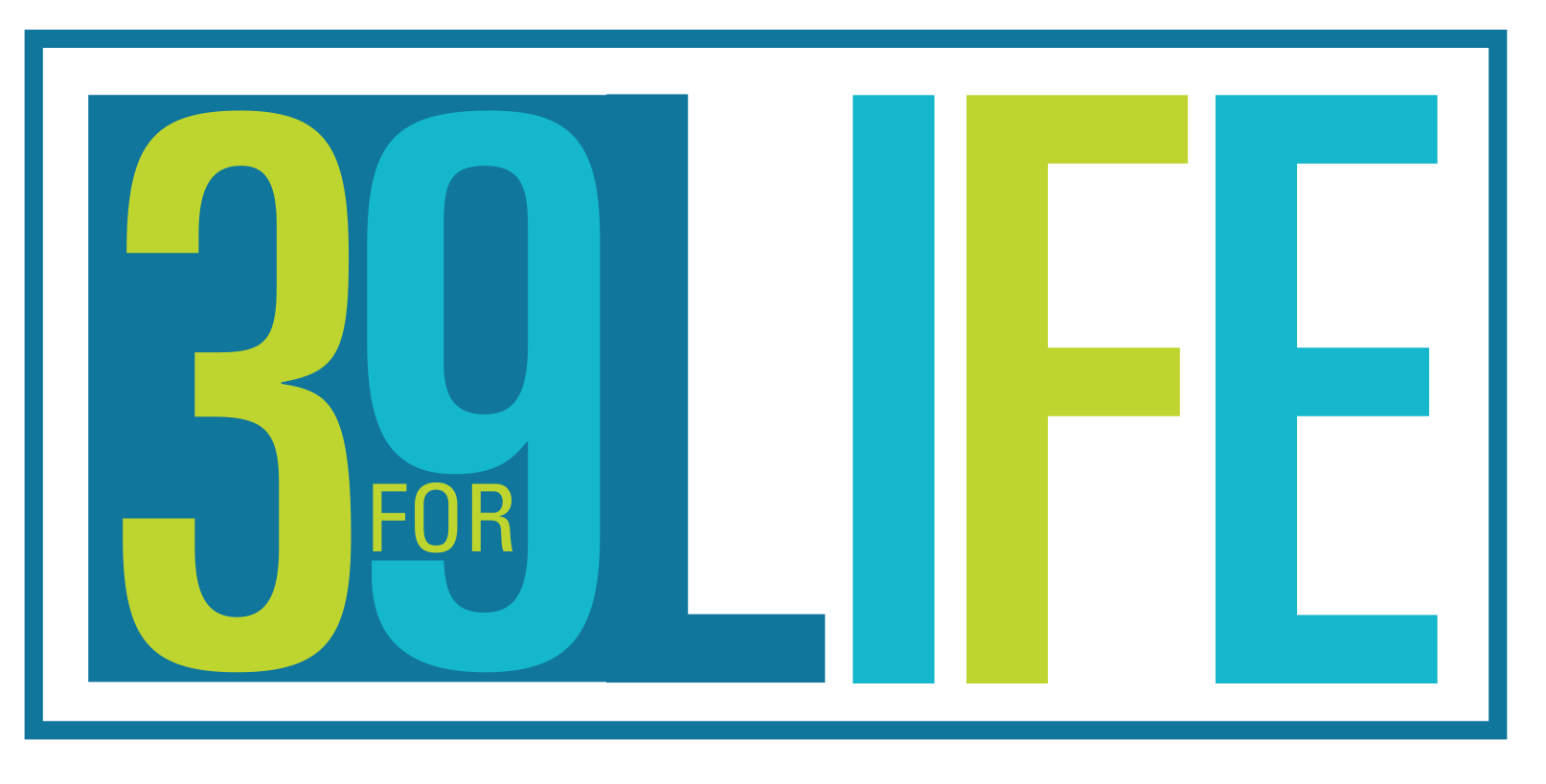The French physician Dr. Albert Schweitzer once said, “Pain is a more terrible lord of mankind than even death itself.” Today, about 100 million Americans suffer from chronic pain. WebMD defines chronic pain as pain that persists longer than six months. Chronic pain can be physically and emotionally draining, especially when medications prove ineffective. Fortunately, there are drug-free ways to manage pain. Here are three of them.
Acupuncture
If you decide to visit an acupuncturist, check his or her credentials. Most states require a license, certification or registration to practice acupuncture. Ask the practitioner about the estimated number of treatments needed and how much each treatment will cost.
Chiropractic and massage
Chiropractic treatment is the most common non-surgical treatment for back pain, and about 22 million Americans visit chiropractors annually. Chiropractors use hands-on spinal manipulation and other alternative treatments to align properly the body’s musculoskeletal structure allowing the body to heal itself without surgery or medication.
“Eighty to ninety percent of adults will suffer from spine pain sometime in their lives,” said Dr. Candice Hall, a physician with Next Advanced Medicine. Massage can reduce stress and relieve tension by enhancing blood flow. This treatment also reduces the presence of substances that may generate and sustain pain.
According to the American Massage Therapy Association, 54 percent of adult Americans who had a massage between July 2013 and July 2014 received it for medical or health reasons. Massage is increasingly used by people suffering from pain, mostly to manage chronic back and neck problems.
Meditation
Meditation is the practice of focusing your attention to help you feel calm and give you a clear awareness about your life. Eastern philosophies have recognized the health benefits of meditation for thousands of years. Meditation is now widely practiced in the West, with the belief that it has positive effects on health.
Meditation has been extensively studied for its effects on stress reduction and other clinical functions, and there have been several preliminary studies in its potential as a treatment for pain relief. Researchers at Wake Forest Baptist Medical Center have published a study measuring the physical effects of meditation on pain — and it turns out it might be more effective than morphine. The researchers found nearly a 40 percent reduction in pain intensity and a 57 percent reduction in pain unpleasantness. He added that meditation produced a greater reduction in pain than even morphine or other pain-relieving drugs, which typically reduce pain ratings by about 25 percent.
Millions of us suffer from pain, but there are drug-free options available, such as acupuncture, chiropractic and massage, and meditation that are worth exploring. There are many options available if you have chronic pain and are looking for alternatives to medication.
This article was previously published by the OC Register and republished here with permission.




